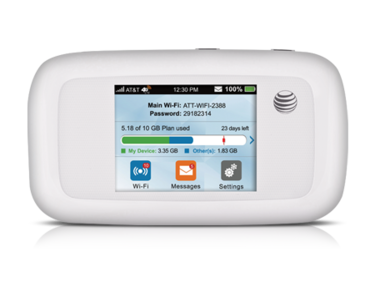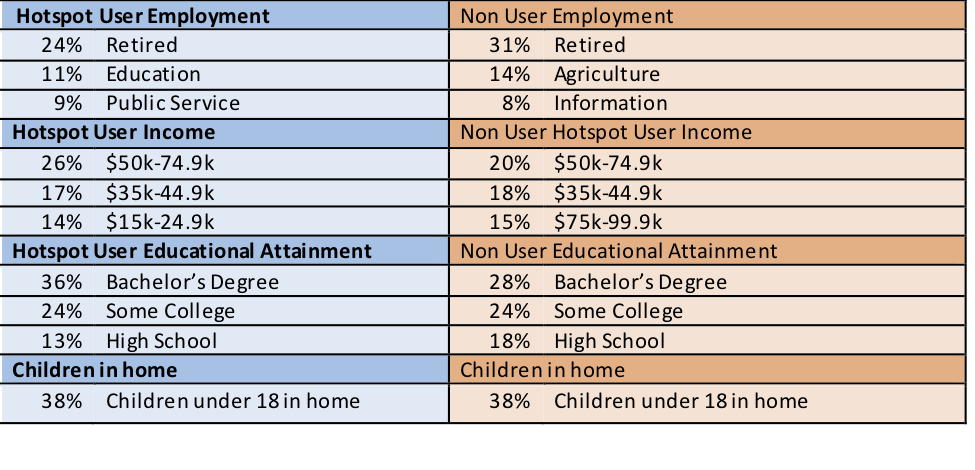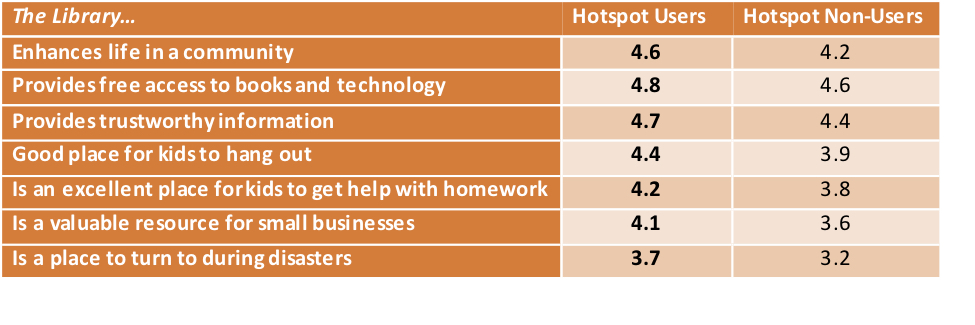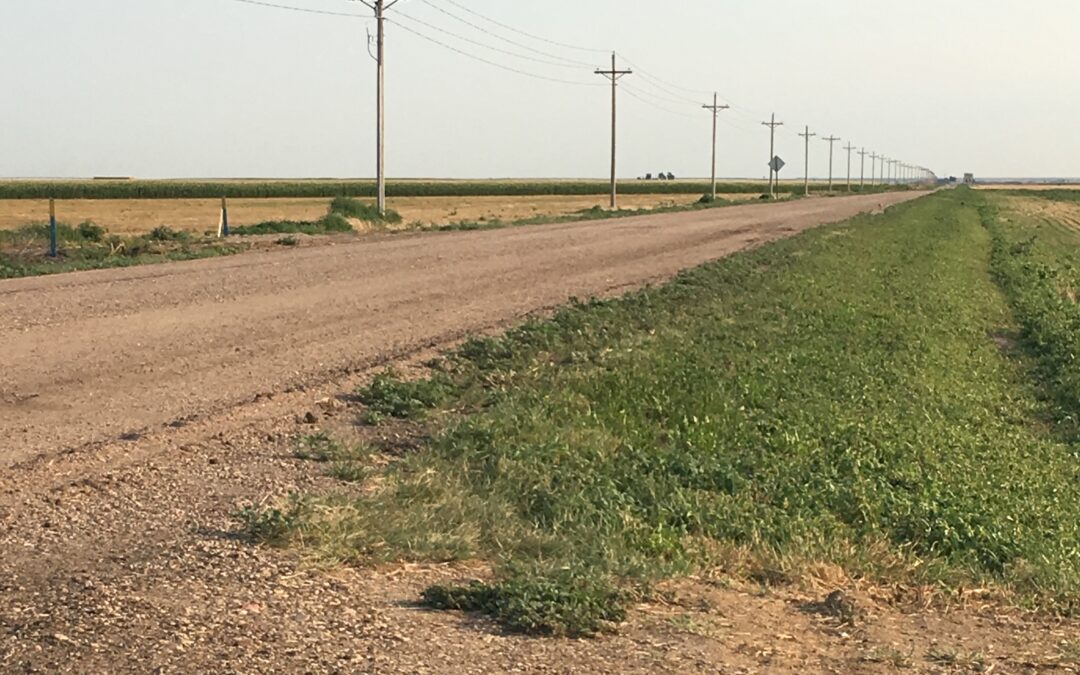Rural Hotspot Lending Program
STROVER, SHARON, PI; BRIAN WHITACRE, COLIN RHINESMITH,CO-PI ALEXIS SCHRUBBE AND GERMAN ALVAREZ, RESEARCHERSIntroduction
TIPI, in partnership with researchers at the University of Oklahoma and Simmons University, is examining how rural libraries address the challenges of Internet connectivity with the use of library-based hotspot lending programs. We are also researching the hotspot’s role in the rural digital environment. The overall aim of this project is to address the practical, operational requirements and other considerations for offering hotspot lending programs alongside the broader issues facing broadband connectivity in rural regions.
Investigators with backgrounds in communications, library science, economics, and community development led the project. They have experience examining the relationship between Internet connectivity, community-based efforts to address the digital divide, and the economic and other outcomes associated with Internet use both at the individual and community levels. This summary provides information through one facet of the data collection effort and shares survey results from six rural communities near libraries participating in hotspot lending.
Approximately 30% of the respondents knew about the hotspot lending program and 12% of the respondents checked out hotspot devices for mobile internet use.
Knowledge of the Program was crucial
Figures 5 and 6 demonstrate that knowing about the program was crucial for checking out the devices. 12% of the sample checked out
the devices but did so infrequently.
It is important to note that there were a small number of devices available for check out at each library, resulting in waiting lists for hotspots.
The Project
A goal for this project was to understand what kind of outcomes hotspot lending had in small and rural communities and to assess the impact that hotspot lending might have on a library itself.
This project worked closely to identify practical matters such as costs, implementation challenges, service vendor relationships, and the effect that lending had on library staff.


Knowledge of the Program was crucial for checking out the device.


Hotspot User Profile
The survey respondents that checked out hotspot devices most frequently:
- were younger or retired.
- had an income between $50,000 and $75,000.
- had a bachelor’s degree.
- have children in the home.

Community Support

In survey items asking respondents about their communities, hotspot users were more likely to answer positively about how they could trust people in their community.
Further, hotspot users answer that their communities:
- have advanced medical facilities near their small communities
- can seek community resources for addiction problems.

Information Seeking in the Library

Hotspot users access their public libraries with greater frequency and scope than their peers who did not check out hotspots. Hotspot users check out materials like books and DVDs or other electronic materials, use the library for public computers and public Wi-Fi, and also go to the library for meetings, groups, or for their children more frequently than those who did not check out hotspots.
Relationships with the Library
Patterns in the way hotspot users access the library and use library resources may have a relationship with the opinions people have about the library in their communities, due to the fact that hotspot users on average rank their perceptions about the library higher than non-users.
- 1 = strongly disagree
- 5 = strongly agree

Conclusion
The amount that Hotspot users access the library, and the activities and resources they use while at the library are broader in scope and higher in frequency than other community members who did not check out Hotspots. Hotspot users are well-connected within their communities, have greater trust in community resources, and have greater knowledge of community assets than their peers who did not check out a hotspot. These behaviors suggest that hotspot users are embedded within their communities, and utilize many resources in the library and beyond for their information seeking needs.

